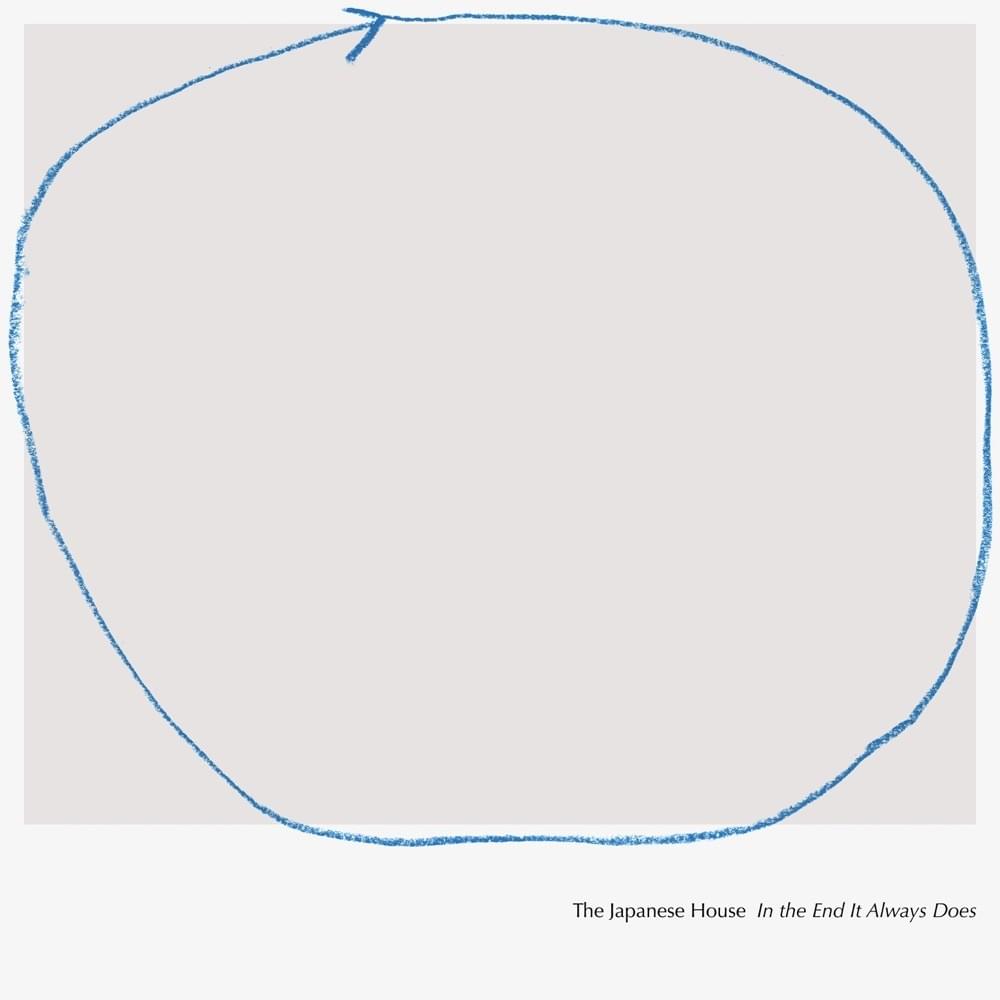Though U.S. album sales were down last year for the third year in a row – the longest stretch in 20 years – Nielsen SoundScan numbers still contain some bright spots for 2003.
For the full year, album sales declined 3.6% to 667.9 million units from the 693.1 scanned in 2002.
But when looking at the fourth quarter, album sales rose 4.7% from the October-December period in 2002.
That has caused some executives to proclaim that the industry has hit bottom. Indeed, at mid-year, sales were down 8.6%. That gap was closed by the fourth-quarter surge.
What’s more, 2004 is off to an auspicious start, with album sales rising 18.2% in the first week of the new year.
Doug Morris, chairman of the Universal Music Group – which led the U.S. industry in market share last year – offers a cautious assessment. “The last quarter felt better,” he says. “We will all be hopeful for year, but no one knows” how it will turn out.
He called 2003 a “difficult transitional year for the industry, marked by a number of painful layoffs and cost cutting” that will continue this year. But he adds that those moves, along with the development of the electronic delivery of music, could lead the industry “back to prosperity.”
The industry began a run of unprecedented growth in 1986, according to the Recording Industry Assn. of America., the trade group for the major U.S. record labels. That streak came to a halt in 2001, when album sales were off 2.9%, according to Nielsen SoundScan. In 2002, sales were down 10.7%.
SECOND BUSINESS MODEL
Morris says the industry is now “moving to a dual business,” with sales coming from brick-and-mortar and electronic outlets. “The legitimate digital download market is emerging, and that is the promise for the future,” he says.
Although digital sales have been around since at least 1997, when Capitol Records launched the majors into the business with a Duran Duran single, the possibility of a commercial mass marketplace has been diverted by the industry’s focus on unauthorized downloading.
But with Apple’s i-Tunes Music Store leading the way in 2003, digital tracks scanned 19.2 million units, surpassing physical singles, which totaled 12.1 million units.
In fact, if physical and digital singles are included in U.S. totals, overall sales were 687 million units, compared with 693 million the year before. On that basis, unit sales declined less than 0.9% in 2003.
Looking at total albums market share, Universal came in first for the fifth consecutive year, a string that began after its merger with PolyGram in 1998. Universal had a 2003 market share of 28.1%, down slightly from the 28.9% the company generated in 2002.
Although it lost a little market share, that is sometimes “due to the subjectivity” of when records are released, Morris says. Nevertheless, he offers “special kudos” to the company’s Interscope Group unit, which was the label-share leader in 2003, and he also noted that Universal “is starting this year with five records in the top 10.”
On a corporate basis, his company is more than 12 percentage points higher than its closest U.S. competitor, the Warner Music Group, which ranks second with 17.6% (including sales by Alternative Distribution Alliance, WMG’s independent distribution company).
BMG Entertainment ranks third with 15.5%, followed by Sony Music Entertainment, which totals 14.7% (including sales by RED). EMI Recorded Music ranks sixth at 10.5% (when Caroline’s share is added to EMI Music Marketing).
The independent sector finishes ahead of EMI in fifth place, with 13.5% of the market, when ADA, RED and Caroline’s shares are extracted from the indie category.
While UMG has dominated the industry since its Polygram purchase, the company might have to start looking over its shoulder soon.
Nielsen SoundScan’s year-end numbers for 2003 show that the market-share derby could become a two-horse race by 2005 if the merger between Sony Music Entertainment and BMG Entertainment is approved by regulatory agencies later this year. In 2003, Sony and BMG combined for 30.2% of the market.
“If it happens, fine,” Morris says. “That’s not a bad thing. The competition will be fun.”
Looking at genre sales, Latin music enjoyed the biggest gain, growing by 6.6 million units, or 33.8%, to 26.1 million units last year. Classical enjoyed a 20% surge, with album sales growing to 17.7 million units. And alternative managed to eke out a slight gain of 2.1%.
R&B – the largest genre tracked by Nielsen SoundScan (rock/pop is not broken out) – continues its decline, with sales dropping about 10 million units to 150 million, a decline of 6.4%. The genre peaked in 2001, when it scanned 197 million units.
On a percentage basis, new age – the smallest tracked category – suffered the largest decline, dropping 16.5% to 5.4 million units.
Current sales – those counted within the first 18 months of an album’s release (12 months for classical and jazz albums) or until a title drops out of the top half of The Billboard 200 – were down 1.3% for 2003, with scans of 423.9 million units.
Catalog, meanwhile, was down 7.5% overall, while deep catalog was down 6.2%. More alarming, if deep catalog is subtracted from catalog’s overall sales, the newer catalog titles – those sales counted after an album moves from the current category until it is 36 months old – slid 10.7%.
On a relatively brighter note, the CD decline slowed last year to 2% after an 8.8% decline in 2002 – the year it became apparent that the format would no longer drive industry growth.
For 2003, CDs accounted for 97% of all U.S. album sales. That left little of the pie for cassettes.
As for new formats, it is unclear from the year-end numbers how DVD-Audio and SACD are doing, because their sales are sometimes included in the CD category.
CHAIN DECLINE SLOWS
Looking at sales by store type, the chain sector – despite losing 800 stores to closures during the year – slowed its decline, with sales falling 4.5% to 331.8 million units in 2003. The previous year, chains were off by 14.7% to 347.2 million units.
In 2003, mass merchants once again held steady, at about 229 million units. Independent merchants, however, continued to suffer, with sales down 14.9% to 68.9 million units. In 2002, indie stores were down 21% to 81 million units.
The only sector to grow in 2003 was nontraditional, which includes sales through TV and 800-numbers, concert halls, catalogs, online and some record club activity. That category tallied 26.1 million units, up 14.8% from the 22.7 million it had the previous year.
Breaking out albums sold through stores another way, the chain category – which includes consumer electronic retailers like Best Buy and book stores like Borders, as well as traditional record retailers like Trans World and Musicland – account for 50.6% of sales, while mass merchants comprise 35%, independents 10.5% and nontraditional 4%.





























